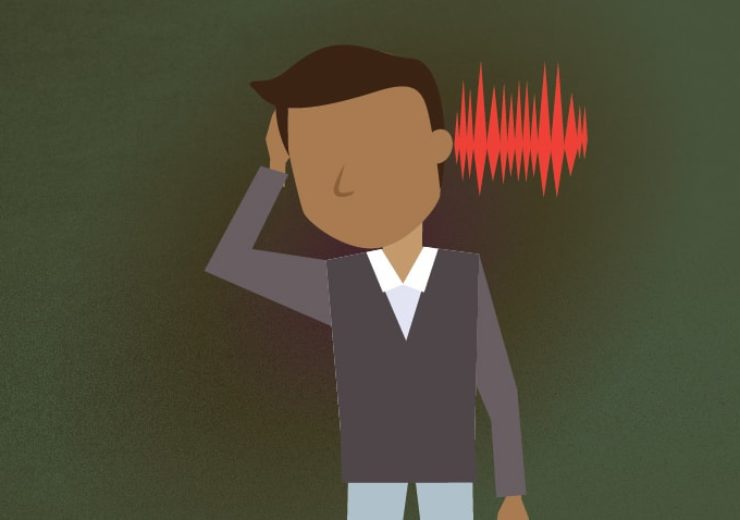Some days our tinnitus experience is such that we need to mask it for a time to get some relief. Here are five practical options to help you mask your tinnitus while you are at work, travelling or doing everyday tasks around the home.
Many of these options involve using a smartphone to play masking sounds. A simple and easy-to-customise app I recommend is Beltone tinnitus calmer, but there are lots of others available in the App stores, as well as some lovely sounds on YouTube.
Cheapest option
If you live in the UK, your cheapest option is to approach your NHS audiology team (if you’re not already a patient you will need a referral from your GP). If you don’t have any hearing loss, some audiology teams will provide one or two maskers to help manage your tinnitus. If you have hearing aids, your audiologist may be able to add a masking program on your current aids, or upgrade you to some hearing aids that have masking capability. Unfortunately, as with many services in the UK, the availability of maskers and hearing aids is determined by where you live. And, you’ll likely have to wait some time before your appointment.
Less expensive option
Another option is to use one or two wireless earbuds to play masking sounds via Bluetooth directly into your ear. If you wear hearing aids this would require you to remove one or both of them which may not be ideal. You could use wired headphones instead, of course, but the Bluetooth ones give you more freedom to move around without being attached to your phone.
You may already have EarPods for your iPhone or wireless ear buds for your android phone. If so, try those. If not, there are lots of reasonably priced wireless earbuds available that work with all phones (android and iOS) with Bluetooth capability.
You could use large over-the-ear wireless headphones instead, but they can get very uncomfortable if you wear hearing aids that sit behind the ear. Even if you have hearing aids that are in the ear, wearing these headphones will cut you off from many other sounds.
Moderately expensive option
Some clients of mine mask their tinnitus successfully by using bone conduction headphones. These headphones sit on your cheekbones and send vibrations through your cheekbones and jaw up towards your inner ear. Your brain then turns those sound vibrations into the content that streams through the headphones. It’s a technology that has been used in the hearing loss world for decades. When I first lost my hearing in 2005 I was given a bone anchored hearing aid and marveled at how well it transferred sound from my deaf side to my working cochlea.
The beauty of bone-anchored hearing aids is that you can still hear sound through your ears and any hearing aids. That means you can hear your family, the TV, colleagues at work or Zoom/Teams calls while still masking your tinnitus.
My audiology geek friends like the Aftershockz brand, and you can get hold of these for £80/$100 on Amazon (less on eBay if you’re feeling adventurous!). Interestingly, this year (2021) Tech Radar has also reviewed and recommended Vidonn F3 as a good, but cheaper option.
More expensive option
Another option if you have basic hearing aids is a streamer. This creates a connection between your hearing aids and your smartphone allowing you to hear masking sounds through your hearing aids. Not surprisingly, each hearing aid manufacturer recommends their own specific streamers. Prices start from around £170/$230. If you’re in the UK and interested in finding out more I recommend the very knowledgeable folk at FM Hearing
Most expensive option
Many private hearing aids have masking capability. Private Oticon hearing aids have maskers as an option, as do Phonak ones. Widex Zen hearing aids are created specifically for people struggling with tinnitus. Many aids also have Bluetooth capability built in, so you can listen to your favourite masking sounds from your phone with one tap of your hearing aids.
If you do decide to go down this route pick your private audiologist carefully. Some know a lot about tinnitus masking, others not so much. In the UK I recommend Paul Minikin at Digital Hearing Care/HAB and Sam Rossiter at Imperial Hearing .
If you’ve got anything to add to these suggestions I’d love to know! Please comment with recommendations of what has worked for you.
And if you know someone who might find this article interesting, please share.

